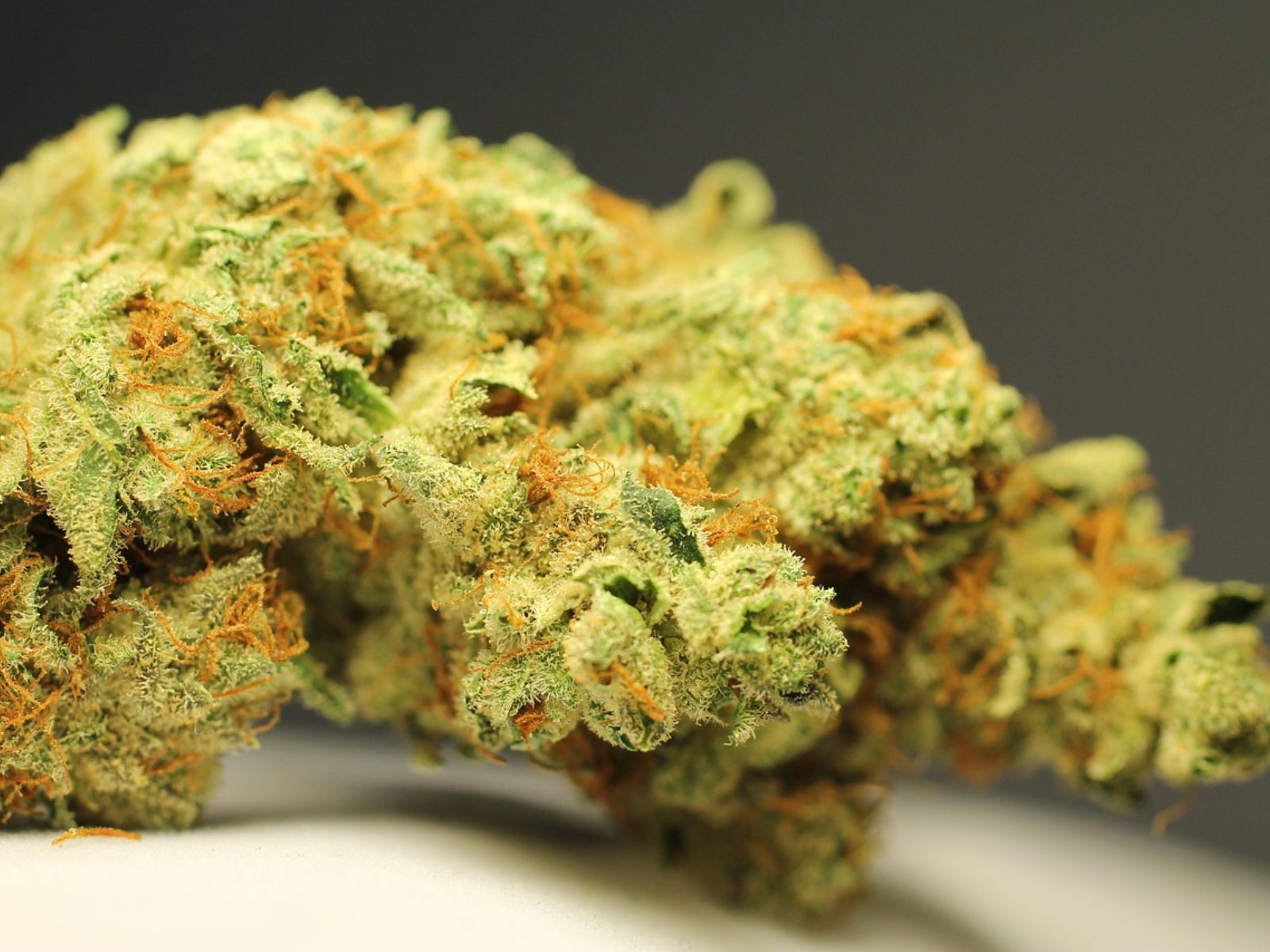Researchers associated with Oregon State University and Western Michigan University have associated legal cannabis dispensaries in Oregon with a lower opioid prescription rate in the areas where the dispensaries are located. The findings of the study were initially published by Marijuana Moment.
“In the last decade, evidence emerged that recreational cannabis legislation (RCL) may help mitigate adverse opioid-related outcomes. Yet, the empirical evidence on the relationship between RCL and opioid misuse as a whole is inconsistent and possibly spurious, given common estimation methods. Studies reporting beneficial associations between RCL and opioid mortality tend to avoid the mechanism of change, often assuming mortality benefits stem from substituting cannabis for opioids.” the study’s researchers stated.
“We test this relationship using prescription opioid quantities and access to recreational cannabis in the US state of Oregon. Our approach uses within-state variation in distance to recreational dispensary access generated by RCL and prior volumes of legal opioid use to assess the impact of dispensary access on prescription opioids.” the researchers stated.
“Results suggest that communities located closer to recreational dispensaries are associated with lower rates of prescription opioids per capita. We also show that reasonable bounds to our primary specification suggest communities located within a mile from a recreational dispensary have prescription opioid rates per capita that are 1.0–3.9 percent lower than surrounding communities.” the researchers concluded.
According to the most recent data from the Oregon Liquor and Cannabis Commission, which oversees Oregon’s legal cannabis industry, there are currently 799 active dispensary licenses in Oregon, and nearly 3,000 total active cannabis business licenses (as of May 1st, 2024).
79% of people living in the United States lived in a county with at least one regulated cannabis dispensary according to an analysis by the Pew Research Center. The Pew Research Center also found the following:
- 74% of people in the U.S. live in a state where recreational or medical cannabis is legal
- There are nearly 15,000 cannabis dispensaries in the U.S.
- California has the most overall dispensaries (3,659)
- Oklahoma has the most dispensaries per capita (36 dispensaries for every 100,000 residents)
The United States adult-use cannabis industry has generated over $20 billion in total tax revenue since the first legal recreational cannabis purchase was made in Colorado on January 1st, 2014 according to a report by the Marijuana Policy Project.
“Through the first quarter of 2024, states have reported a combined total of more than $20 billion in tax revenue from legal, adult-use cannabis sales. In 2023 alone, legalization states generated more than $4 billion in cannabis tax revenue from adult-use sales, which is the most revenue generated by cannabis sales in a single year.” the Marijuana Policy Project stated in a press release.
Total legal cannabis sales in the United States are expected to reach $31.4 billion in 2024 according to a recent analysis by Whitney Economics. Additionally, leading cannabis jobs platform Vangst, in conjunction with Whitney Economics, estimates that the legal cannabis industry now supports 440,445 full time-equivalent cannabis jobs in the United States.
Whitney Economics also projects the following legal cannabis sales figures in the United States for the coming years:
- 2024: $31.4 billion (9.1% growth from 2023)
- 2025: $35.2 billion (12.1% growth from 2024)
- 2030: $67.2 billion
- 2035: $87.0 billion
The emerging legal cannabis industry in the United States is projected to add roughly $112 billion to the nation’s economy in 2024 according to an analysis by MJBiz Daily. The projection is part of the company’s 2024 MJBiz Factbook.
“The total U.S. economic impact generated by regulated marijuana sales could top $112.4 billion in 2024, about 12% more than last year,” MJBiz stated in its initial reporting.

